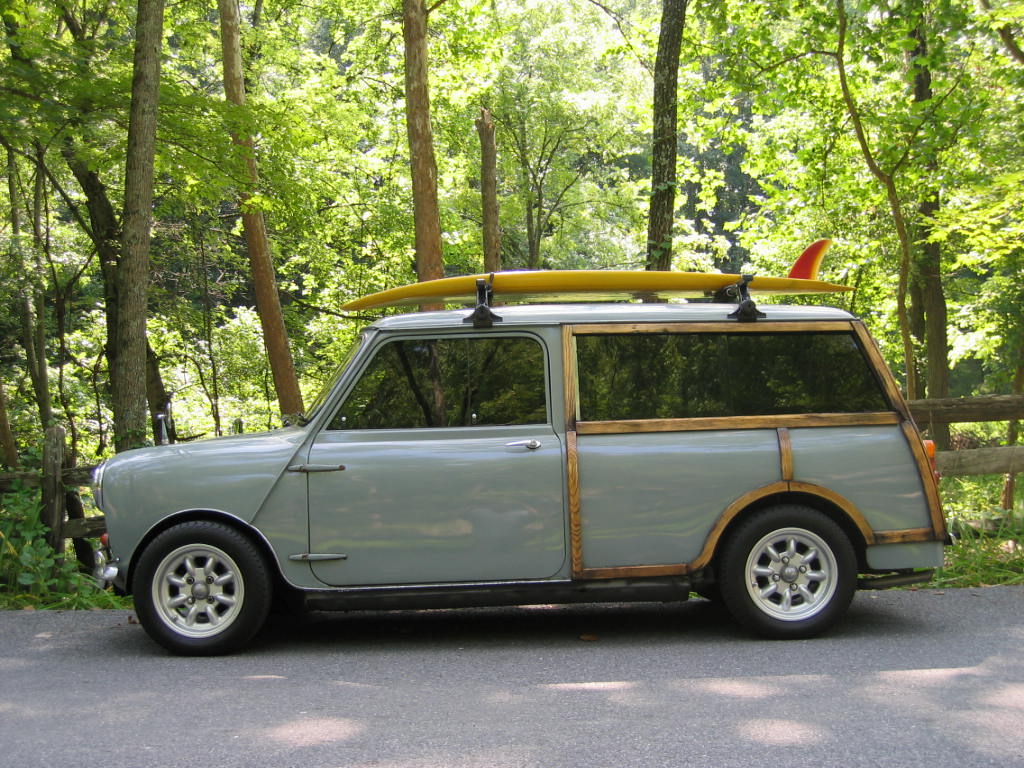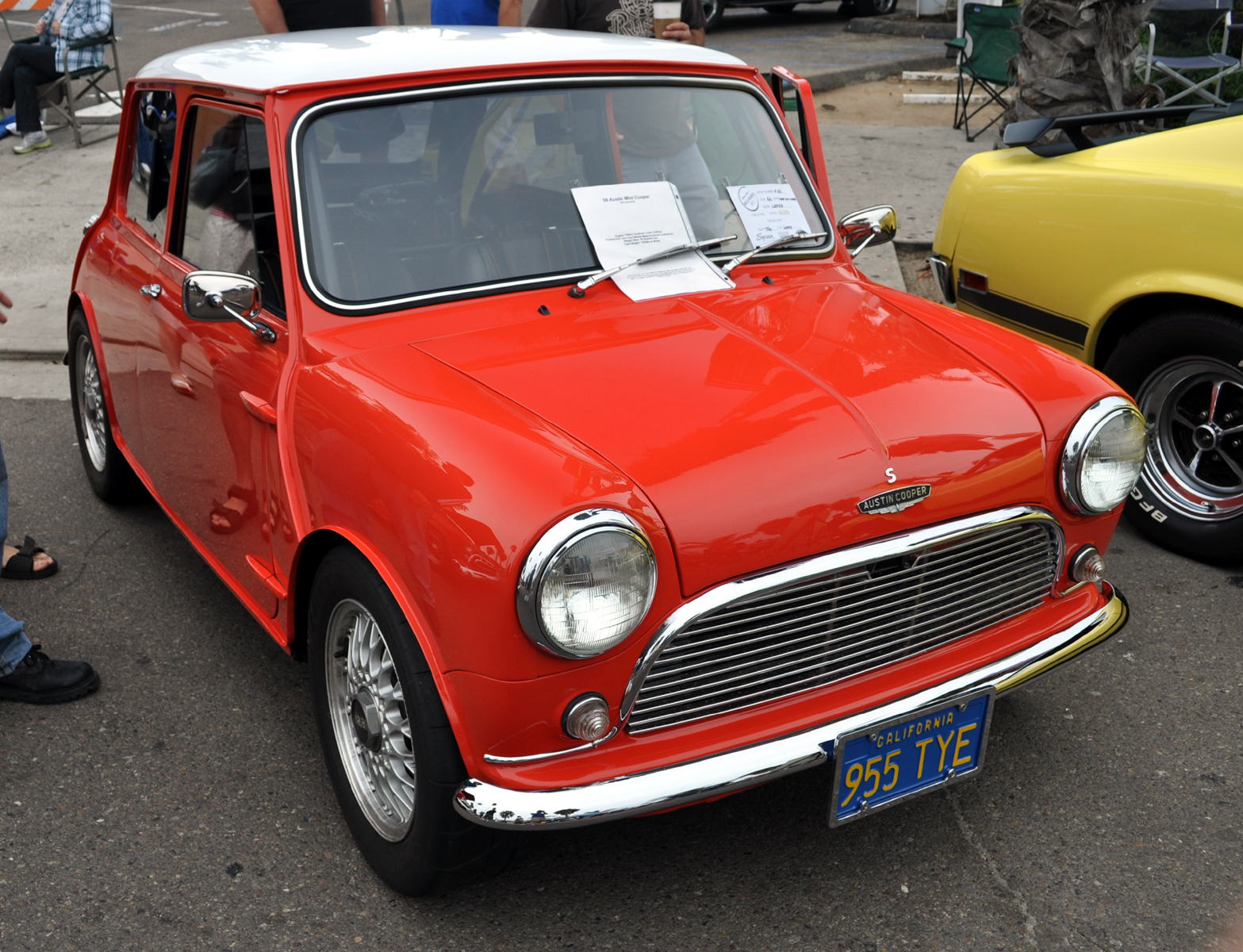Austin / Austin Mini Hayabusa

Specs
| Austin Big 7 | manual | 25HP (18 kW) @ 4000 rpm | |
|---|---|---|---|
| Austin Sports 20 | n/a | n/a |
Worldwide Trends
GEO Interests
Videos / Austin Mini Hayabusa
Hayabusa powered Austin mini. Flatshifter performance.
Mini Compilation - Turbocharged A-Series, 16V Honda VTEC, R1 & Hayabusa Engined Minis
hill climb ilirska 2008 MINI Hayabusa
Classic Mini Cooper with a Turbo Hayabusa Engine
Austin mini hayabusa- Austin’s car powered with hayabusa engine
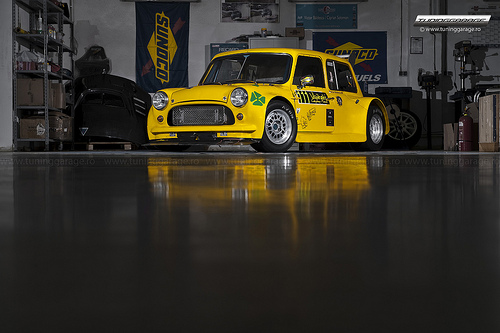 If you haven't arrived across them before, it's fundamentally a vintage school mini case, with everything stripped out of it, and a Suzuki Hayabusa motorcycle motor mounted in the back in a custom constructed border. The custom made car was commonly known as austin mini hayabusa The whole rear end including gearbox, engine, drive train, brakes, back suspension, etc. as well as a full roll cage is mounted in the back of a mini case. Fuel container and radiator etc. are under the bonnet. The completed vehicle has some specifications such as 180bhp, 500 - 600 kg, RWD and will do 0-60 in about 3.5 seconds. Z vehicles do some kits for the mini including a Hayabusa kit for round Ј5500. You can choose up a Hayabusa two wheeler motor for Ј2000 - Ј3000.
If you haven't arrived across them before, it's fundamentally a vintage school mini case, with everything stripped out of it, and a Suzuki Hayabusa motorcycle motor mounted in the back in a custom constructed border. The custom made car was commonly known as austin mini hayabusa The whole rear end including gearbox, engine, drive train, brakes, back suspension, etc. as well as a full roll cage is mounted in the back of a mini case. Fuel container and radiator etc. are under the bonnet. The completed vehicle has some specifications such as 180bhp, 500 - 600 kg, RWD and will do 0-60 in about 3.5 seconds. Z vehicles do some kits for the mini including a Hayabusa kit for round Ј5500. You can choose up a Hayabusa two wheeler motor for Ј2000 - Ј3000.
A brief description about the engine
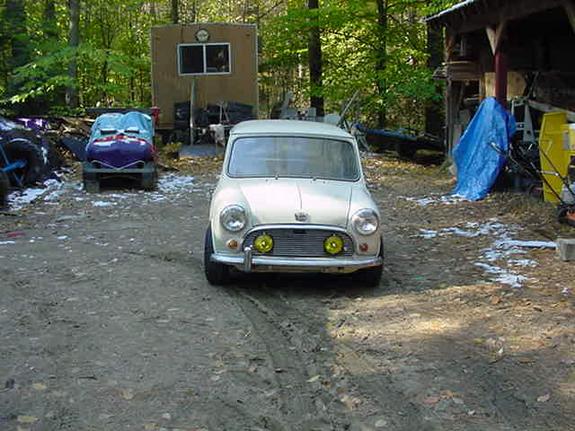 Hayabusa is Japanese word for peregrine falcon which is a bird and it very often serves as a metaphor for hasten due to its vertical searching dive, or stoop, hasten of 180 to 202 miles per hour (290 to 325 km/h), and this is the most fastest among all birds. In particular, the alternative of title was made because the peregrine falcon preys on blackbirds. Eventually, the Hayabusa organized to surpass the Super Blackbird by at least a full 10 miles per hour (16 km/h).
Hayabusa is Japanese word for peregrine falcon which is a bird and it very often serves as a metaphor for hasten due to its vertical searching dive, or stoop, hasten of 180 to 202 miles per hour (290 to 325 km/h), and this is the most fastest among all birds. In particular, the alternative of title was made because the peregrine falcon preys on blackbirds. Eventually, the Hayabusa organized to surpass the Super Blackbird by at least a full 10 miles per hour (16 km/h).
Some specifications about the engine in the car
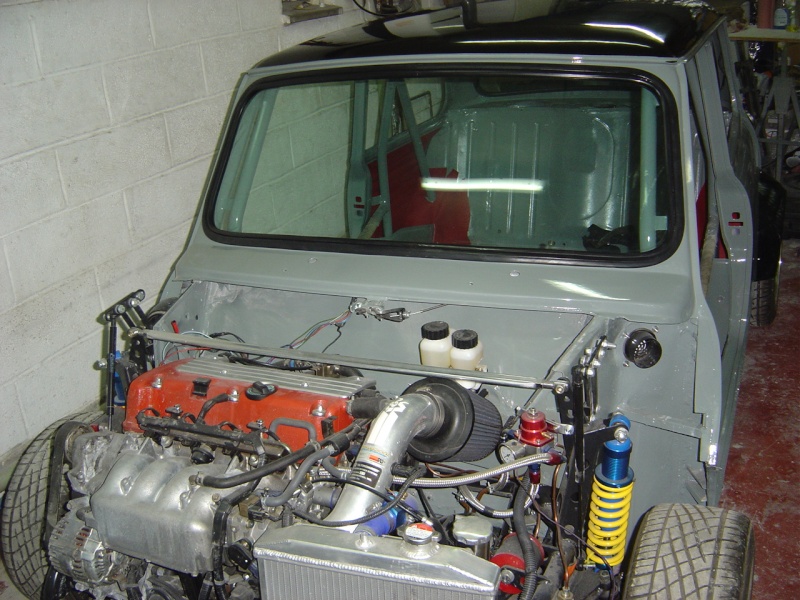 The first lifetime had a 1,299 cc (79.3 cu in) liquid-cooled, inline-4 motor with sixteen valves propelled by double-overhead cams. The 1997 carbureted CBR1100XX had before only inched past the previous top speed record holder, the Kawasaki Ninja ZX-11 of 1990. A remarkable characteristic of the Hayabusa engine was its plenty of power all through its whole rpm band. The 1,299 cc power plant was the biggest and most mighty games bike motor when introduced in 1999.
The first lifetime had a 1,299 cc (79.3 cu in) liquid-cooled, inline-4 motor with sixteen valves propelled by double-overhead cams. The 1997 carbureted CBR1100XX had before only inched past the previous top speed record holder, the Kawasaki Ninja ZX-11 of 1990. A remarkable characteristic of the Hayabusa engine was its plenty of power all through its whole rpm band. The 1,299 cc power plant was the biggest and most mighty games bike motor when introduced in 1999.
Some additional information
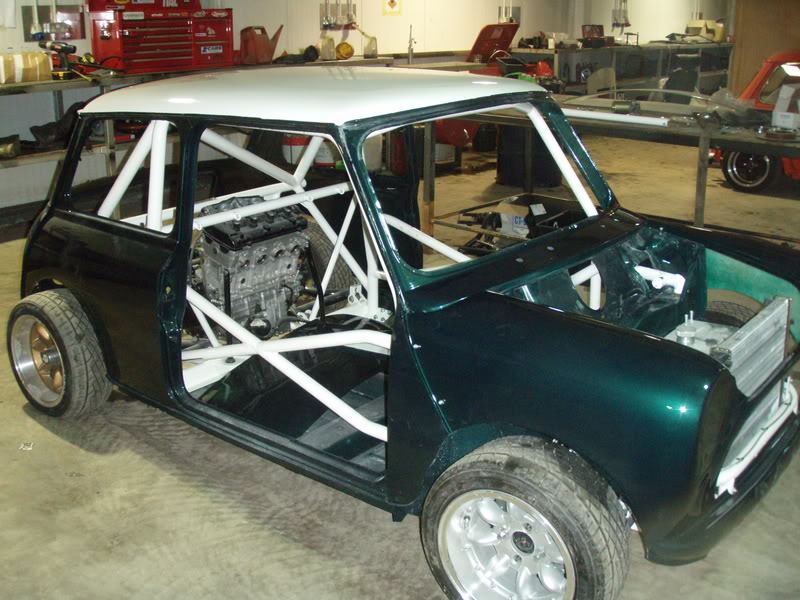 The Hayabusa's abundance of power at any motor speed made the Hayabusa simpler to travel by giving the traveler a larger choice of equipment assortment for a granted speed and spectacular acceleration. Motor changes consisted of a boost in stroke by 2 mm, enlarging displacement to 1,340 cc (82 cu in). The valves were propelled by a string of links with a new hydraulic tensioner. The pistons were made lighter by 1.4 g (0.049 oz) and utilized ion-coated rings and shot peened connecting rods. There are reed valves supplement in the crankcase breather system to control pressure swell in the intake air box, a way of bypassing power loss. It has three selectable options of power delivery for a variety of exploring to broad open high performance. The consume scheme was overhauled, using a 4-2-1-2 scheme, meaning four consume outlets merging into two pipes, and then connecting into a single pipe before splitting into two enlarged, quieter mufflers, which supplemented a few pounds of weight contrasted to the first lifetime Hayabusa. The austin mini hayabusa furthermore included a catalytic converter and an oxygen sensor in alignment to rendezvous Euro 3 emissions requirements.
The Hayabusa's abundance of power at any motor speed made the Hayabusa simpler to travel by giving the traveler a larger choice of equipment assortment for a granted speed and spectacular acceleration. Motor changes consisted of a boost in stroke by 2 mm, enlarging displacement to 1,340 cc (82 cu in). The valves were propelled by a string of links with a new hydraulic tensioner. The pistons were made lighter by 1.4 g (0.049 oz) and utilized ion-coated rings and shot peened connecting rods. There are reed valves supplement in the crankcase breather system to control pressure swell in the intake air box, a way of bypassing power loss. It has three selectable options of power delivery for a variety of exploring to broad open high performance. The consume scheme was overhauled, using a 4-2-1-2 scheme, meaning four consume outlets merging into two pipes, and then connecting into a single pipe before splitting into two enlarged, quieter mufflers, which supplemented a few pounds of weight contrasted to the first lifetime Hayabusa. The austin mini hayabusa furthermore included a catalytic converter and an oxygen sensor in alignment to rendezvous Euro 3 emissions requirements.









